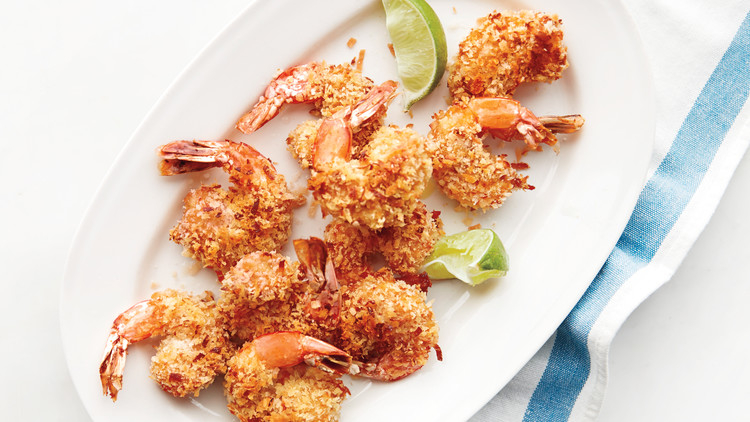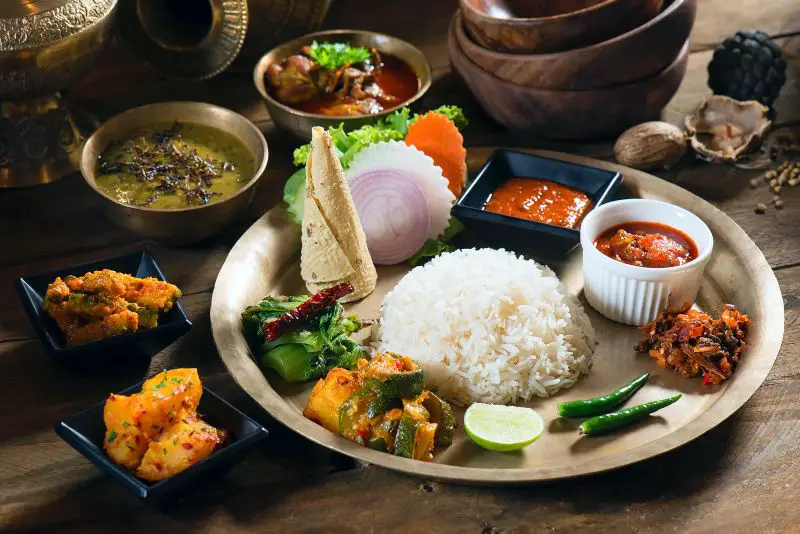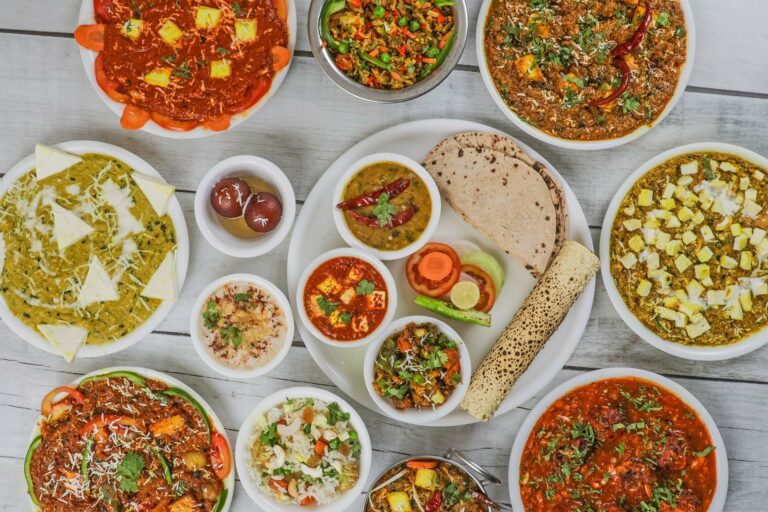Introduction: Understanding Nauruan Breakfast Culture
Nauru, a small island nation in Micronesia, boasts a unique breakfast culture influenced by a mix of traditional Nauruan dishes and western-inspired meals. Breakfast is considered the most important meal of the day, with locals taking the time to enjoy their meal before starting their workday. Nauruan breakfast options offer a variety of healthy and satisfying meals that locals and visitors alike can enjoy.
Traditional Nauruan Breakfast: Fish and Root Vegetables
A traditional Nauruan breakfast typically consists of grilled fish, taro, or sweet potato, and coconut milk. Fish is a popular choice for breakfast due to its abundance in the island’s waters. Taro and sweet potato, two root vegetables, are highly nutritious and provide a good amount of energy to start the day. Coconut milk is often used as a condiment to add flavor and richness to the meal. This breakfast option is not only delicious but also healthy and filling.
Western-Influenced Breakfast Options: Toast and Eggs
With the influence of western culture, some Nauruans have adopted the American breakfast staple of toast and eggs. Toast is often served with butter and jam, while eggs are prepared in various ways such as scrambled, poached, or fried. This option offers a quick and simple breakfast for those on the go.
Contemporary Nauruan Breakfast: Cereal and Milk
As Nauru becomes more modern, many locals have started to incorporate cereal and milk into their breakfast routine. It is a popular choice for those who prefer a lighter and more convenient meal. Cereals such as corn flakes or muesli are paired with fresh milk, often imported from Australia or New Zealand.
Popular Beverage Choices for Breakfast: Tea and Coffee
Nauruans love their tea and coffee, and they are popular choices for breakfast. Tea, usually black tea, is often served with a dollop of condensed milk, making it sweet and creamy. Coffee is brewed using a French press or espresso machine, and locals often enjoy it with a bit of sugar or milk. These beverages provide the perfect complement to any breakfast meal.
Eating Out for Breakfast: Local Cafes and Restaurants
For those who prefer to dine out for breakfast, Nauru has a few local cafes and restaurants that offer breakfast options. These establishments often serve western-inspired breakfast meals such as pancakes, waffles, and bacon and eggs. Some cafes even offer healthy options such as smoothie bowls and granola.
In conclusion, Nauru offers a range of breakfast options to suit different tastes and preferences. From traditional Nauruan dishes to western-inspired meals, locals and visitors can enjoy a variety of healthy and satisfying breakfasts. With the addition of contemporary options such as cereal and milk, Nauruan breakfast culture continues to evolve while maintaining its unique identity.










